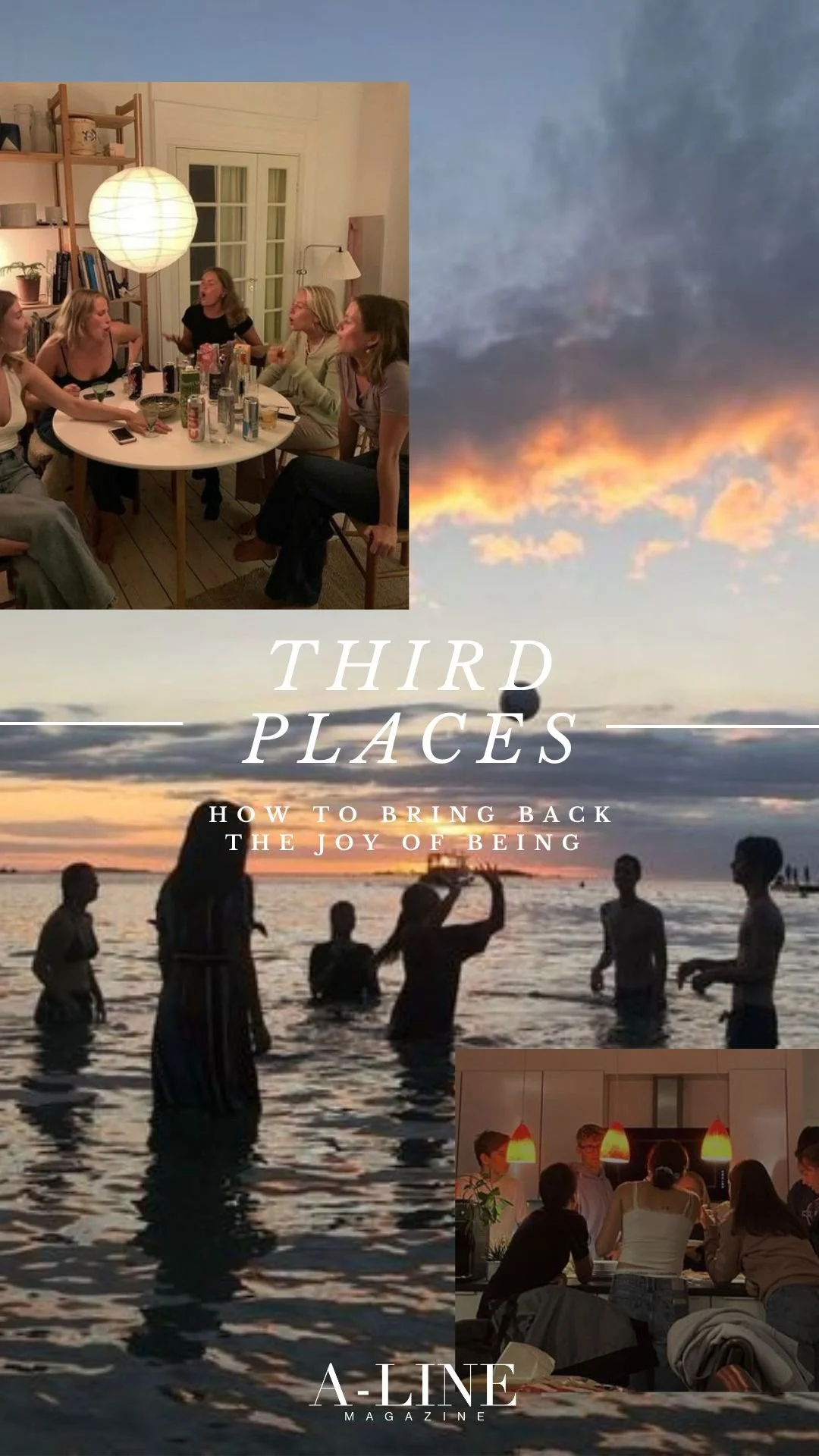The Third Place
This hiss of steam and the scent of fresh coffee is a nice backdrop to the lively chatter coming from an eclectic mix of plush leather armchairs and wooden tables with mismatched chairs. “Underground” indie music weaves through the air, its melodies adding to the ambiance of the space. The building is alive with lively conversation. This is where friends gather, coworkers gossip, business is conducted, and where strangers become friends. This space is a third place.
As a young adult, it's important to find yourself one - a space that exists beyond the confines of your home and workplace, hence the nickname. A “third place”, coined by sociologist Ray Oldenburg in his 1989 book “The Great Good Place”, is more than a simple physical location; it is an essential component of one's growth, relationships, and community formation during the rocky journey to and throughout adulthood. The third place is not home or work, but rather one of those places that curate a sense of warmth and friendliness which have historically included bars, salons, libraries, and cafes, which are all examples of informal settings where anyone can casually congregate. It is meant to be low-cost and easily accessible; The caveat is that conversation is the main activity, and beverages are secondary. Anyone can pop in with little or no money and social hierarchy is left at the door.
This concept has been around for centuries, anthropologists viewed these spaces such as taverns, plazas, and marketplaces as ample opportunities to socialize and build relationships. These places additionally express social and cultural customs, as well as assist in developing a community's sense of identity and tradition. However, in a post-pandemic digital era, the notion of a third place has expanded beyond physical limitations to include online spaces that can manage,but not completely, satiate the same social functions. Technology has driven the decline in reducing face-to-face conversations. When people find themselves surrounded by enormous screens that deliver endless gratification, it is difficult not to question the value of meeting strangers. Loneliness has become prevalent in our digitalized society, especially among young people. Unlike social media, third places offer low-risk conversations with random people, discovering commonalities among strangers. However, “there has been a steady decline for decades, with dropping club memberships, church attendance, and other forms of social participation” according to Robert Putnam, an American political scientist. He argues that technology is not the only kvetch, and that it is mainly perpetuated by the car-dependent suburban sprawl. Cities that once had densely populated downtown areas with local businesses sustained by foot traffic are now faced with the problem of inaccessibility. The growth of big-box retail and online shopping, alongside the rise of urban sprawl, have all contributed to the loss of walkable cities. As a result, third places struggle to thrive or even survive. Without walkable cities that encourage interaction and connection, these social hubs wither away, taking with them an important aspect of community building.
Socialization is a learned skill, one not many are well versed in, as evident by the decline of accessible third spaces. As we navigate the complexities of modern living, it is imperative that we realize the significance of these spaces and work to maintain them. By championing walkable cities, supporting local businesses, and investing in the development of these collective hubs, we can ensure that third spaces continue to thrive and cultivate spontaneous relationships. In doing so, we can help foster a city that is not just a center for work and productivity but also a place where the heart of the community beats.
Written by Catherine White, Social Media: Krisha Atreya

